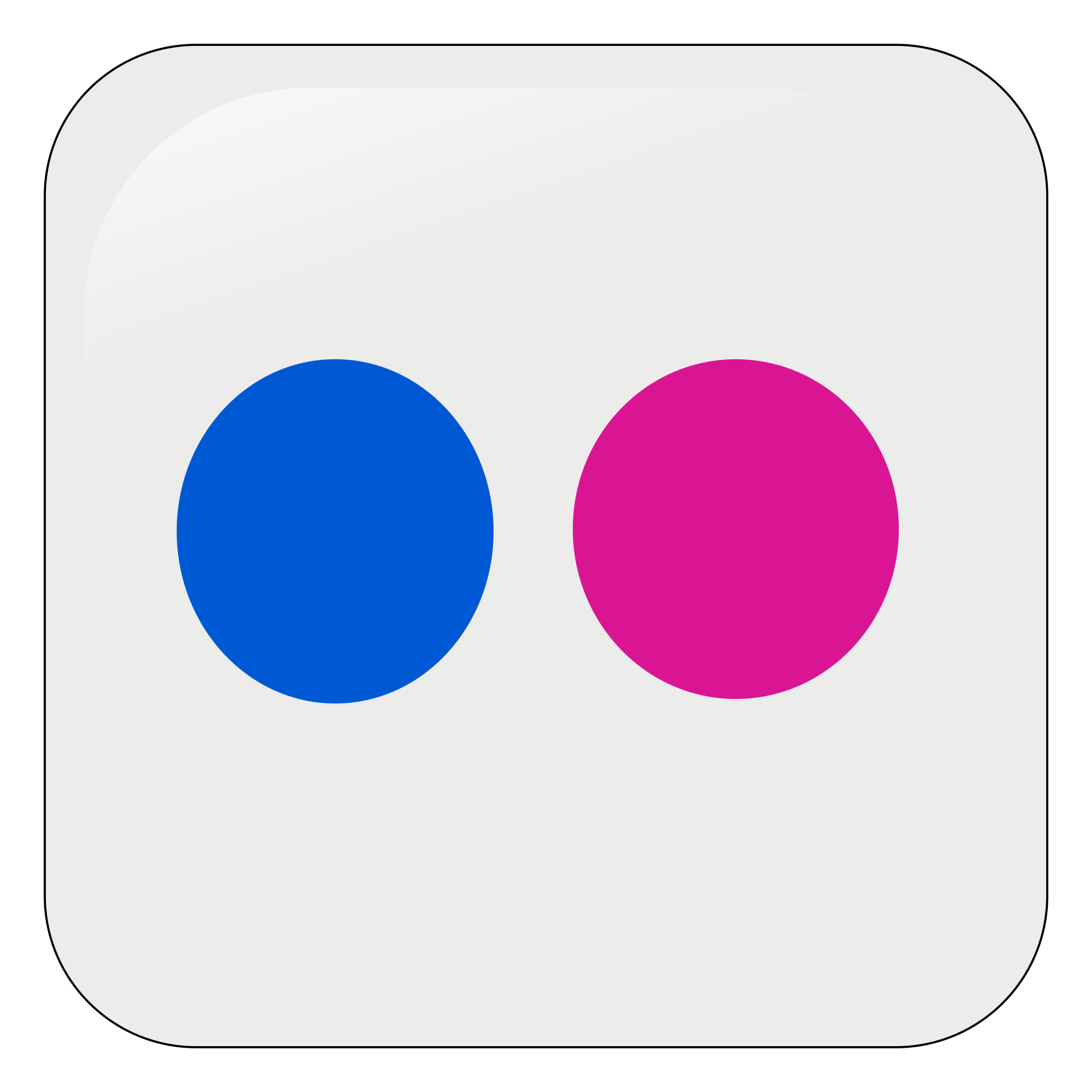


Let’s take a look at the differences between DAM solutions and services built originally for consumers. DAM systems are designed for teams, and have features built in with the needs of communications and creative teams in mind. And they provide an end-to-end solution for the input, organization and output of visual assets. They enable multiple team members (and external partners) to access a cloud-based photo and video library. They allow multiple sources of input integrated with existing workflows and systems. Robust digital asset management (DAM) solutions are a better fit for organizations.

These services are designed for individuals, not for teams, so they fall short when it comes to collaboration. Other organizations use single user visual asset management systems like PhotoShelter for Photographers, SmugMug or Zenfolio. Many teams end up using a combination of these platforms because none of them can provide an end-to-end workflow. When organizations start to prioritize visual storytelling, they begin to see the dangers of keeping an unorganized library, which range from duplicated costs to lost assets to a communications team full of “content hoarders.” To fix the problem, some organizations decide to start out with cloud-based services popular with consumers, like Flickr, Google Drive or, to an extent, Dropbox for images and Youtube or Vimeo for video. But these systems lack the functionality and security organizations need. Individuals and organizations alike need a way to store, organize and share their visual assets.Ĭonsumer solutions like Flickr and Dropbox are great for sharing photos of your family vacation and sending pictures of your kid’s soccer game to other parents. We’re all snapping photos on our smartphones every day, and brands are communicating with their audiences through images, videos and graphics. Our world is becoming increasingly visual.


 0 kommentar(er)
0 kommentar(er)
